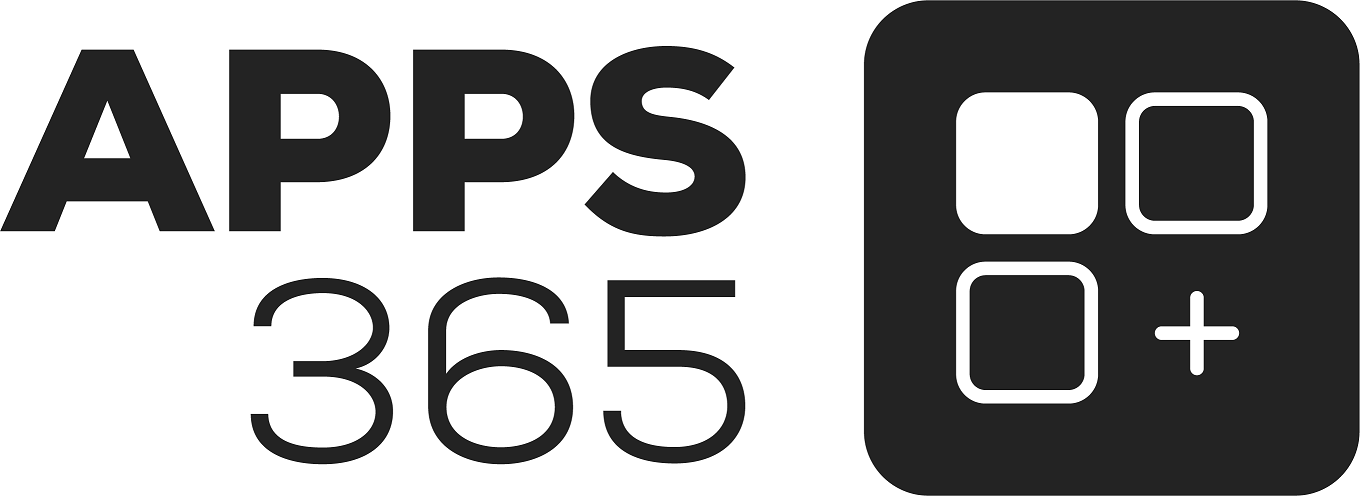
Jandlfabricating
Add a review FollowOverview
-
Founded Date July 12, 1911
-
Sectors Office
-
Posted Jobs 0
-
Viewed 33
Company Description
Green Card Application Process
With restricted exceptions, somalibidders.com all EB-2 and EB-3 permit applications need that the employer get a Labor Certification from the U.S. Department of Labor. For petitions needing this action, the Labor Certification procedure is often the hardest and most strenuous action. Prior to being able to submit the Labor Certification application, the employer must acquire a fundamental wage from the Department of Labor and prove that there are no minimally certified U.S. workers available for the positions through the completion of a competitive recruitment process.

When it comes to positions that consist of teaching responsibilities, the employer should record that the selected candidate is the “best qualified” for the position. This procedure is frequently called “Special Handling.”
In both the “fundamental” and the “unique handling” process, the company must finish a formal recruitment procedure to document that there are no minimally qualified U.S. employees readily available or that, in the case of positions that have a mentor element, that the selected candidate is the finest certified. It is typical that this recruitment procedure should be finished well after the foreign nationwide staff member began their position at the University.
As quickly as the Labor Certification has actually been submitted with the Department of Labor, the “top priority date” for the candidate is developed. This date is very important to identify when someone can finish step # 3, i.e. the Adjustment of Status. (If no Labor Certification is needed, the priority date is established with the filing of the Immigrant Petition/ Form I-140.
2. Immigrant Petition
Once the Department of Labor approves the Labor Certification, the Immigrant Petition (Form I-140) can be filed with USCIS. In cases where no Labor Certification is required (e.g. EB-1), the filing of the I-140 is the primary step of the green card procedure.
3. Adjustment of Status or Obtaining an Immigrant Visa

Once the I-140 application has actually been authorized by USCIS, the foreign nationwide can obtain the adjustment of their non-immigrant status (Form I-485) to that of a legal long-term citizen. Instead of getting the Adjustment of Status, a foreign nationwide might also look for an immigrant visa at a U.S. consulate or referall.us embassy abroad.
The I-485 Adjustment of Status application can not be filed up until and unless the “top priority date” is existing. In practice this suggests that, depending on one’s country of birth and EB-category, there may be a stockpile. The backlog exists since more individuals look for permits in an offered category than there are readily available permit visa numbers. The overall number of permits is more limited by the reality that, with some exceptions, no greater than seven percent of all permits in a provided preference classification can go to people born in a given nation. The stockpile is upgraded each month by the U.S. Department of State and is published in the Visa Bulletin.
Once somebody’s concern date date has been reached, as suggested in the Visa Bulletin, the I-485 can be submitted. The top priority date is the date on which the Labor Certification was submitted with the Department of Labor, or, if no Labor Certification was needed, USCIS received the I-140 petition.

Note that the Visa Bulletin includes 2 separate tables with priority cut-off dates. The real cut-off dates are shown in table A “Application Final Action Dates for Employment-based Preference Cases.” However, in some circumstances, USCIS might accept the I-485 application if the concern date is on table B “Dates for Filing of Employment-based Visa Applications.” Note that USCIS will make a determination whether Table B may be used several days after the main Visa Bulletin is released. USCIS releases this details on its site committed to the Visa Bulletin.
In many cases, it may be possible to submit the I-140 and I-485 at the same time. This is not constantly suggested, even if it is possible. If the I-140 is denied, the I-485 will likewise be rejected if filed concurrently.












